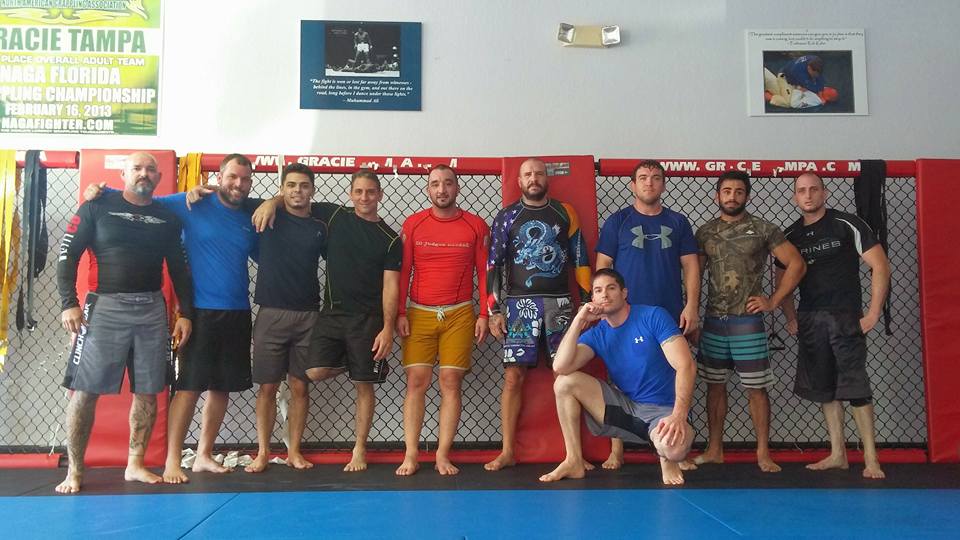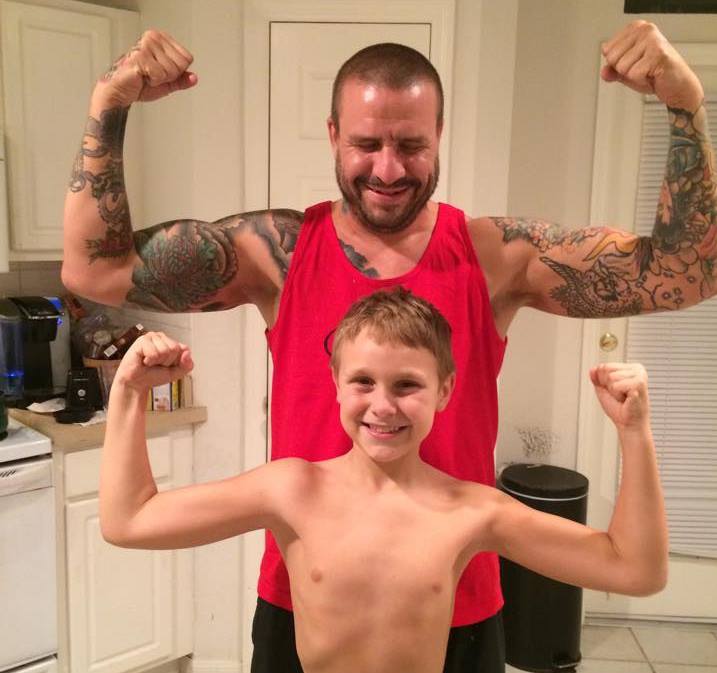Training Strategies for Quick Improvement

2014 wasn’t just a big year in terms of weight loss for me, it was also a big year for my jiu jitsu. When I was trying to lose weight, my goal when I had any training session was to make sure that I rolled for 30 minutes at the very least. More was always okay, but nothing shorter than 30 minutes was the goal I set for myself.
Training this way will guarantee that you are exhaling those calories and it will also ensure that your game improves. Increasing the amount you roll will by default make you better at jiu jitsu, but there are some strategies you can use to get the most out of your training time.
1. Train a lot
There is no secret here. The more you train, the better you get. Roll with as many people as you can, don’t worry about taps, just train.
2. Avoid ineffectual movement
Often times when I’m watching white belts and/or new blue belts, they do things with their hands or feet (or entire bodies sometimes) that have no purpose. For instance, when you’re on the bottom of side control, reaching up and grabbing your opponent and pulling him down on you as hard as you can is not really the best use of your time or limbs. Don’t break your own posture when you’re in someone’s guard. That’s their job, don’t make their job easier, make it harder. Avoid ineffectual movements and grips, stick to what works.
3. Take your shots at the goal
If you want to get better at shooting hoops, what do you think you should practice doing? The same holds true for jiu jitsu. If you want to get better at the near side armbar, then you should go for it as often as possible in live training. All too often players will get a dominant position on their opponent and then be so scared of losing the position that they hesitate, or worse, won’t even try the move. In a self defense situation, things change and you want to err on the side of caution and keep your position. But the training mat is where you are supposed to take chances so that you can learn!
4. Follow the 70/30 rule
Try to hit a 70/30 ratio of training partners. Meaning, 70% of the time, you should try to roll with guys that you are better than so that you can practice the things you need to practice. If my goal is to practice the near side armbar and my rolling partner is someone who’s guard I can barely pass, I’m probably not going to get many reps in on my armbar. But if I am rolling with someone who’s guard I can pass easily, I can take my shots at the goal. The other 30% of the time you can roll with the killers and try out what you’ve been practicing and see how it works.
5. Leave your ego at the door
Everyone says they do, but then everyone gets butt hurt when they get tapped out and so they roll with their biggest concern being what? Getting tapped out. Seriously, stop that stuff. It’s pointless. When you start worrying about getting tapped out, it becomes a self fulfilling prophecy. How? Because when you base your entire game around the idea of not losing, you’re putting yourself on the defensive before the roll even starts. The only thing you should be worried about in training is if you got all your reps in. Worrying about who tapped you out or who got position on you is the most counter-productive use of your time.
Number five is easier said than done, but it’s such a crucial step in developing your game. But do all these steps and you will find yourself improving at a phenomenal rate.



